Since its sinking on April 14th, 1912, the RMS Titanic has been a mainstay in our collective pop culture. The once-dubbed “unsinkable ship” is as alluring as it is mysterious.
Recently, a near-30-year mystery regarding the Titanic was solved, thanks to researchers at OceanGate Expeditions. Their findings not only provide closure, but they also open the door for an infinite number of possibilities regarding the dee-sea abyss.
The sinking of the RMS Titanic has captivated hearts and minds for generations.
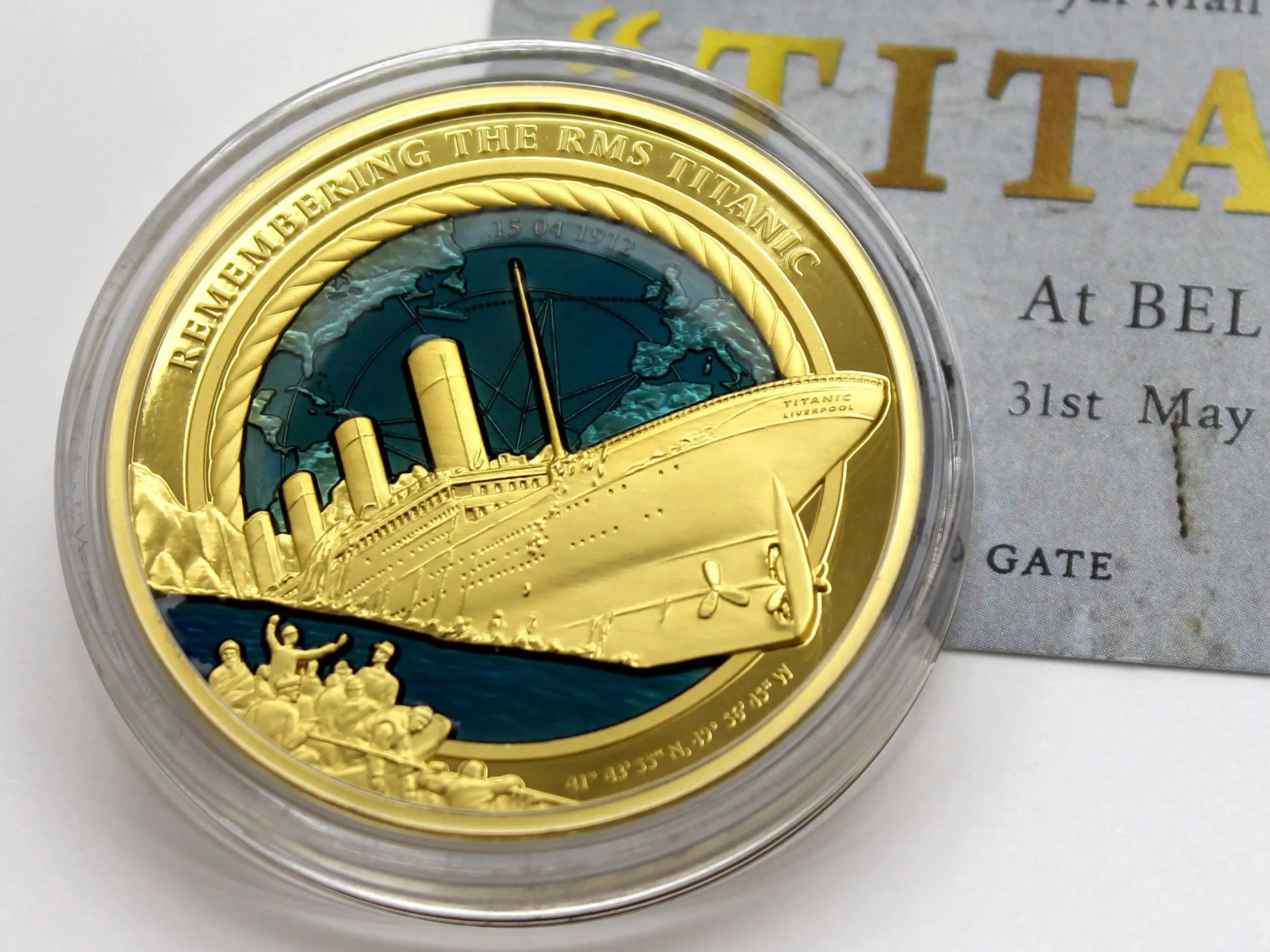
Back in 1912, wasn’t just the biggest passenger ship to ever sail the open ocean, it was the biggest ship that had ever been built — period.
The Titanic measured 882 feet (169.1 meters) in length, had a gross tonnage of 46,328, and could carry a maximum of 2,435 passengers.
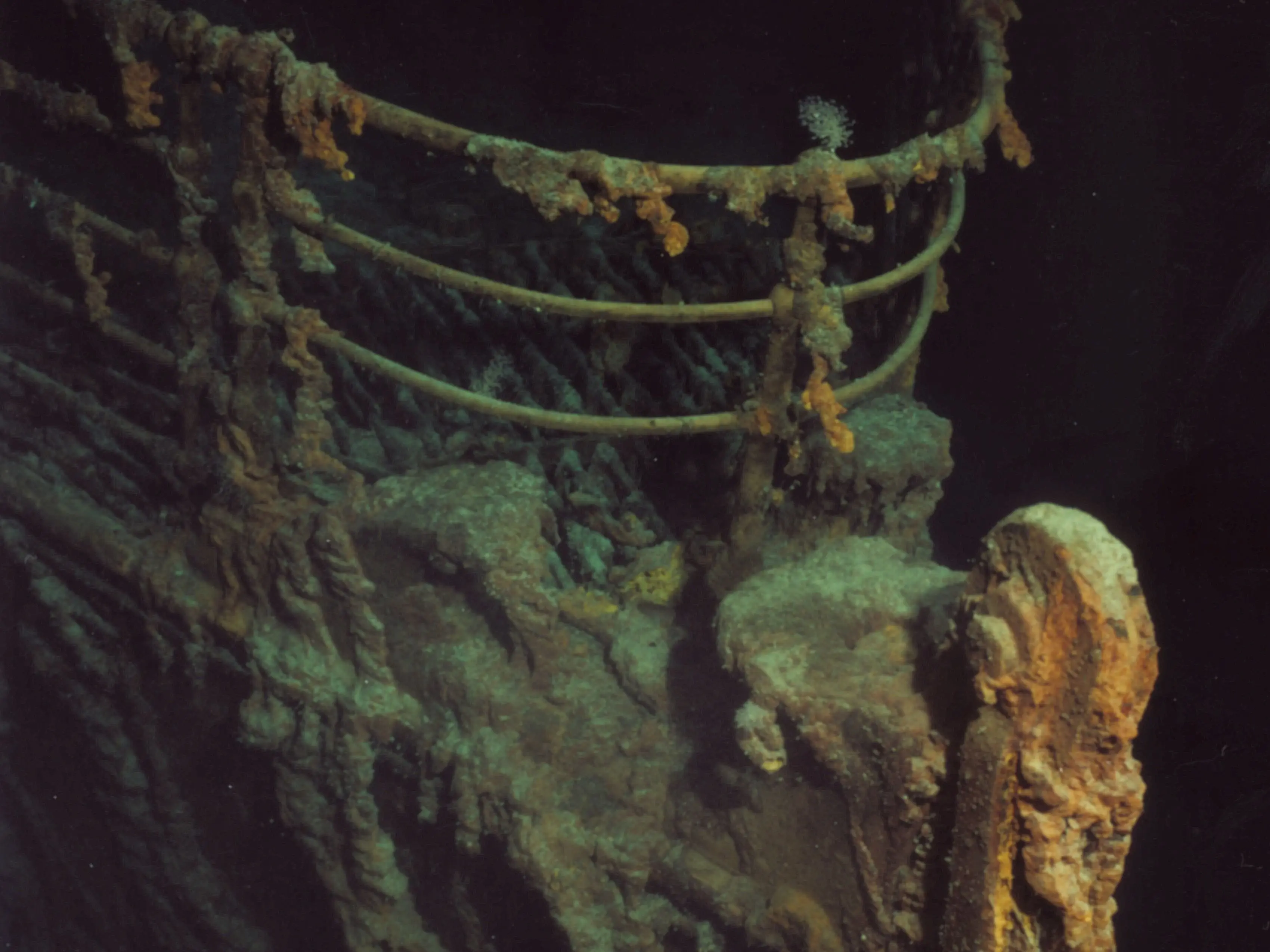
The Titanic’s massive size and lack of maneuverability were what eventually became its undoing. The ship hit an iceberg that punched massive holes all along its hull .
What makes the story of the Titanic even more captivating is the fact that the ship sunk on its maiden voyage.

Nobody imagined that this was possible. The name Titanic is derived from the Greek word “Titan” — a race of superbeings that predated the Gods of Olympus.
The engineers and crew were so confident in Titanic that the ship wasn’t even equipped with the requisite amount of lifeboats.

The total number of passengers and crew was 2,240, yet the lifeboats onboard could barely accommodate 1178 people .
It’s estimated that 1500 people lost their lives on April 14th, 1912 — more than 50% of all lives onboard.

Since then, there have been countless expeditions sent to explore the ocean depths that have become Titanic’s resting place — creating as many new questions as they have answers.
One such mystery arose nearly 30 years ago when veteran Titanic diver, PH Nargeolet, noticed something puzzling on a Titanic sonar reading.

In almost the exact area where the Titanic sank, Nargeolet saw an unidentified object pop up on the screen. Was it another shipwreck or something else?
Nargeolet would spend the better part of two decades pondering this very question, until October 25th, 2022, when he finally got his answer.

Nargeolet braved the icy waters of the Atlantic Ocean in order to discover that the unknown mass he detected on the sonar readout was actually a volcanic reef .
OceanGate Expeditions funded the trip and have since released details of the reef’s coral, marine life, and sponges.
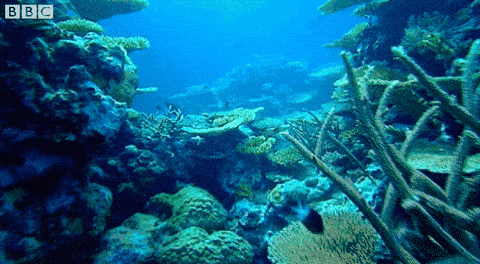
What they found is being called a “Natural abyssal deep sea reef of extraordinary biodiversity at 2,900 meters ,” according to specialist Oisín Fanning.
“We didn’t know what we would discover,” Nargeolet said in a recent interview with Jam Press.
“On the sonar, this could have been any number of things including the potential of it being another shipwreck,” he explained — barely able to contain his excitement.
“I’ve been seeking the chance to explore this large object that appeared on sonar so long ago,” he went on to say.
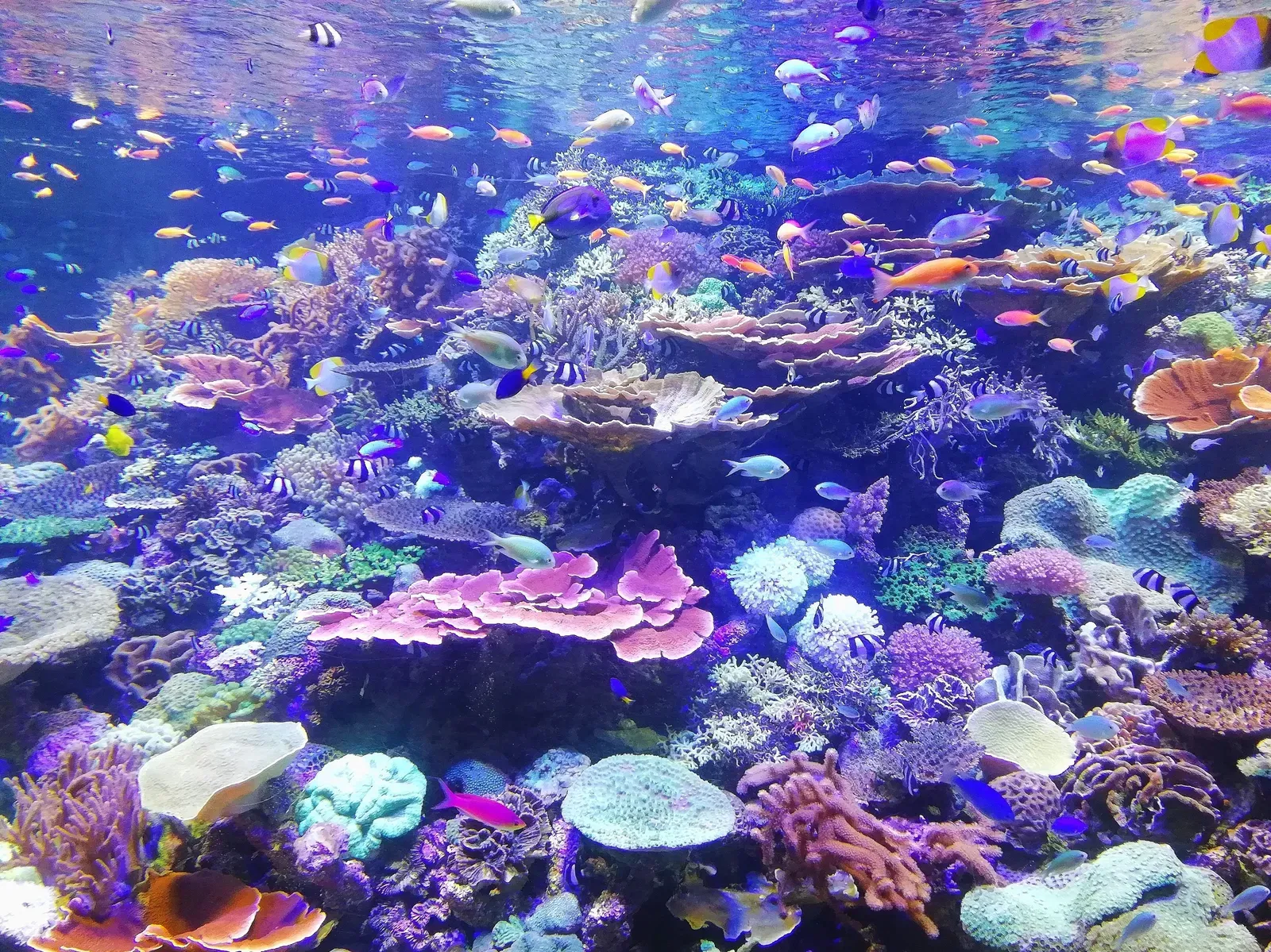
“It was amazing to explore this area and find this fascinating volcanic formation teeming with so much life .”
At this time, OceanGate Expeditions is reviewing some of the found footage in order to gain further insight.

Steve W. Ross, OceanGate’s chief scientist, believes that this discovery has the potential to completely reshape how researchers think when it comes to biodiversity in the abyss.
“The apparently basalt volcanic formations are remarkable,” Ross goes on to say.

“And we are astonished at the diversity and density of the sponges, bamboo corals, other cold-water corals, squat lobsters, and fishes that are thriving at 2,900 meters deep in the North Atlantic Ocean.”
This remarkable discovery and further research may also help scientists learn more about the Titanic itself.

“Uncovering this previously unknown ecosystem also provides an opportunity to make a comparison to the marine biology on and around the Titanic,” Ross said.
“The variety of lifeforms, concentration of life, and the overall ecosystems may differ between the deep artificial reef of the Titanic and this newly revealed, natural deep ocean reef.”
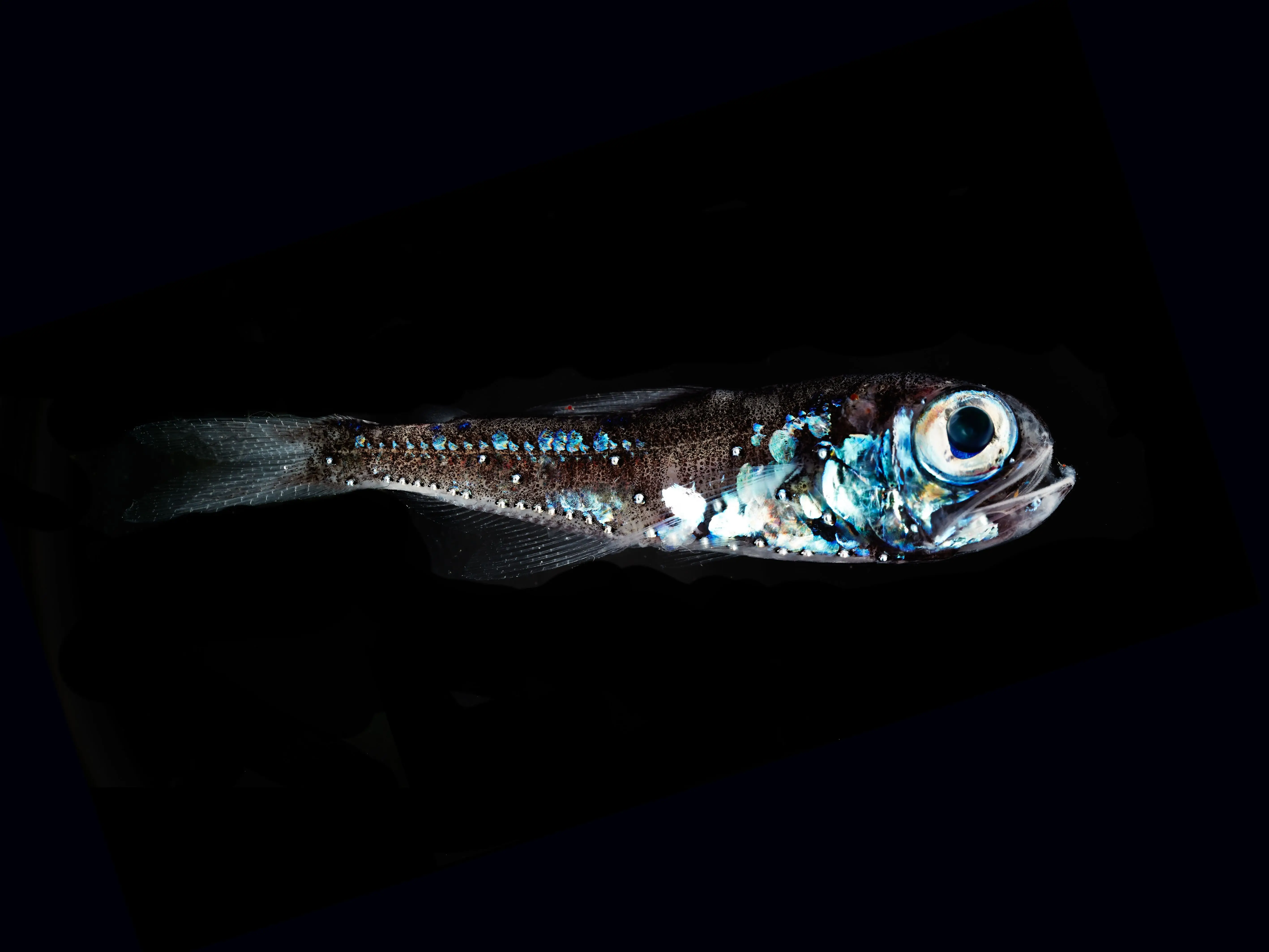
In a nutshell, the similarities and/or differences between the two will help to further our understanding of deep-sea environments and ecosystems.
One thing is for sure, you can bet that director James Cameron is ecstatic to hear this news.

With that being said, I think it’s time for another rewatching of Titanic . With all this new information pouring out, perhaps we can now finally settle the dispute as to whether or not Jack and Rose could both fit on the floating door.


















































